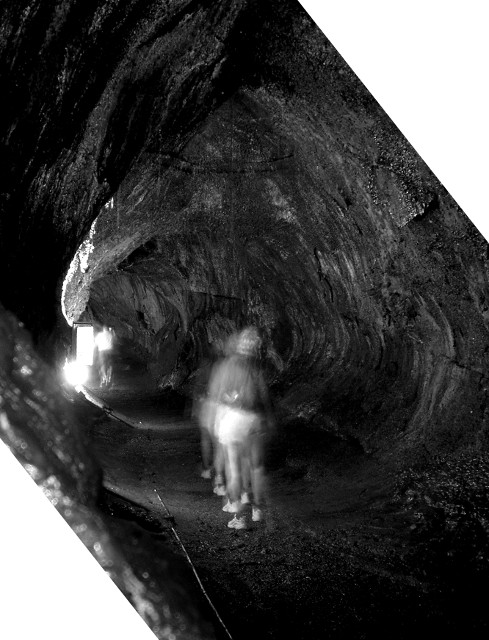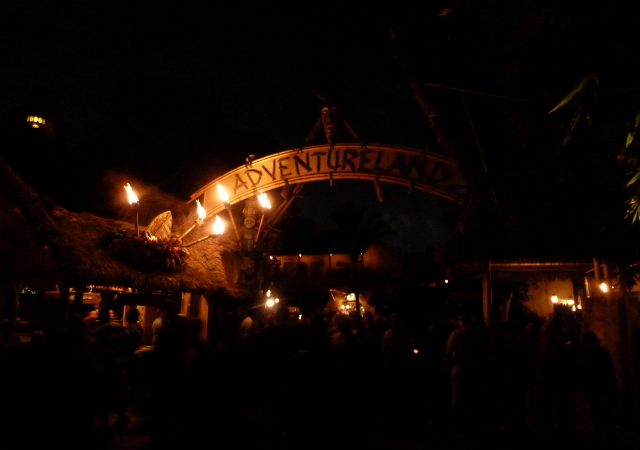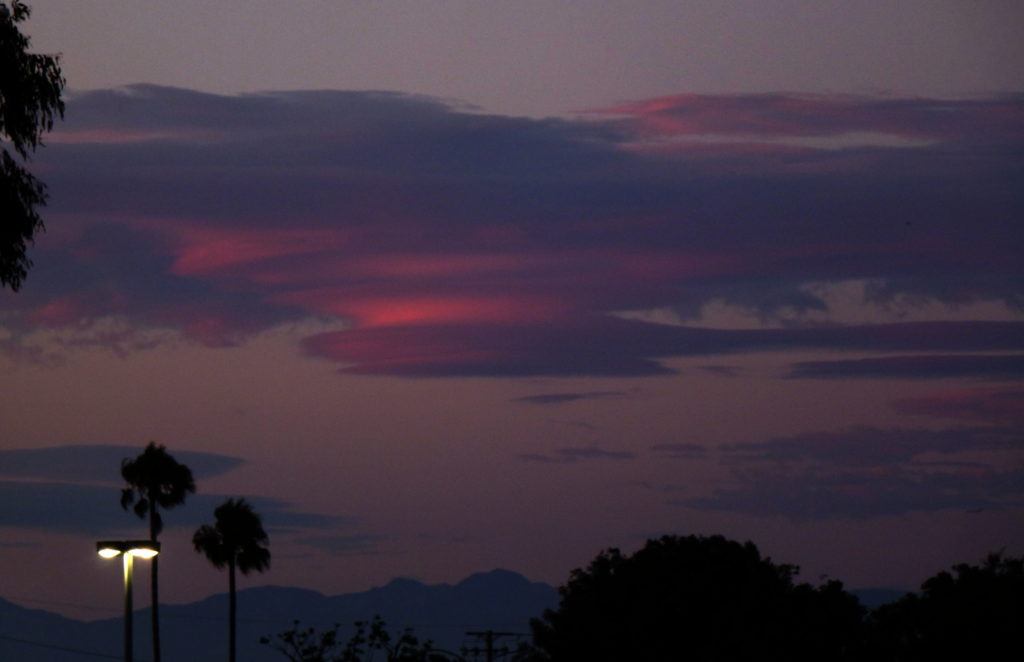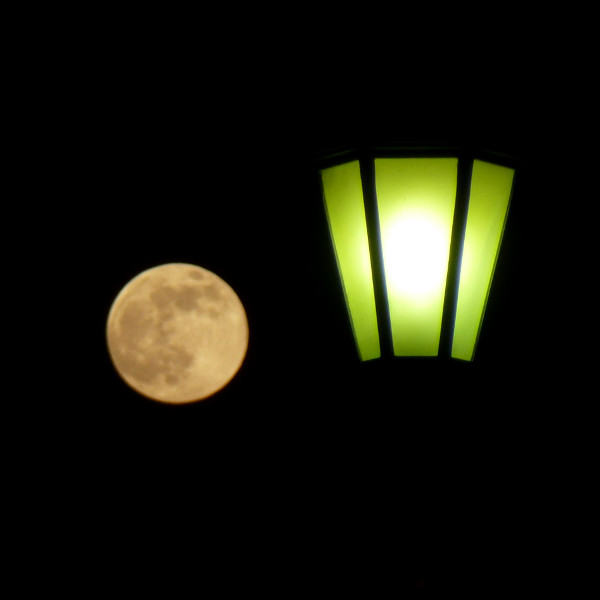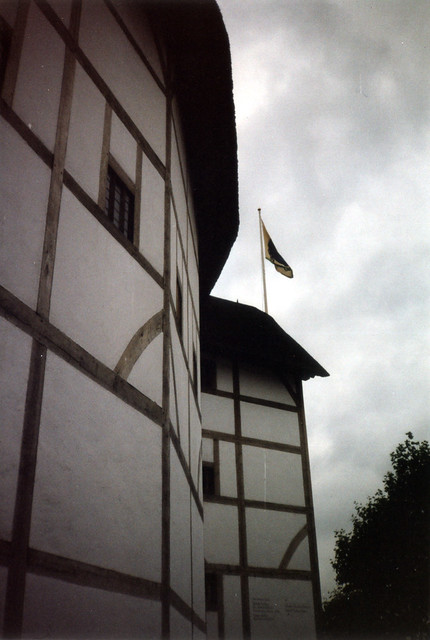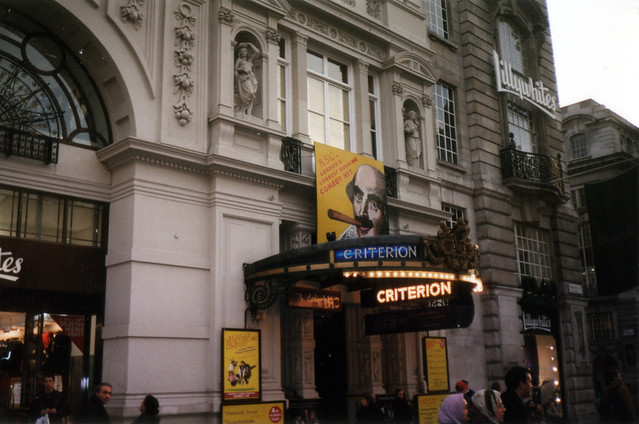A long exposure shot in Thurston Lava Tube on the big island of Hawaii, capturing ghostly images of people walking through. I originally posted a color version along with other photos from the visit back in 2005, and converted it to black and white for my entry in this week’s “eerie” photo challenge on WordPress.com. If I’d known it would look so much better in black and white, I would have converted it years ago.
Category: Highlights
How Disneyland is Like Comic-Con
We took the kid to Disneyland this weekend. It’s been a few years since I’d been to the park, and with NYCC happening at the same time, I couldn’t help but compare the experience to San Diego Comic-Con.
- It’s expensive to get in, but once you’re there, most of the events are free.
- It’s hideously crowded.
- Everywhere you go, people are stopping for photos with people wearing costumes.
- You spend a lot of time waiting in line. (But at Disneyland, you can usually be sure you’ll get in!)
- Food is overpriced and mediocre, unless you leave and come back.
- You can’t possibly do everything in one visit.
Reflections on Solar Alignment
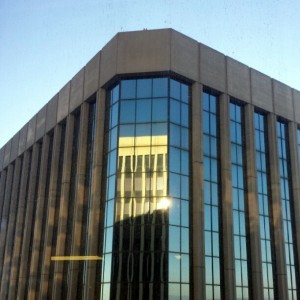

Monday afternoon I noticed the sun was still shining into my office window. This was a bit odd since my window looks out at another building, and the sun had already sunk behind it.
I looked, and it was reflecting off the building I was in, then reflecting off the building across the way.
Later that evening, I stepped out of the elevator to the sight of sunlight streaming into the lobby from the east.
Wait, east? At sunset?
You guessed it. Once again, it was reflecting off another building.
This part of Los Angeles is built on a North/South and East/West grid, and with the autumnal equinox approaching, it’s lining up just about perfectly with the shiny reflective buildings.
It also aligns perfectly with the mirrors in my car when I’m driving east at sunset. The triple sun is almost worse than driving straight at it.
It’s no Manhattanhenge, but it’s still interesting. One of these days I’ll look up the grid alignment for downtown LA (it’s diagonal) and try to recapture a moment from a few years ago, when I was in exactly the right spot for the sunset to light up all the towers bright orange. That was awesome
Crimson Saucers in the Sky
Out of pure luck and timing during last night’s errands, I saw this amazing view of lenticular clouds over the San Gabriel Mountains, lit up red from the side by the sunset. I knew the phone couldn’t capture it, and ran back to the car for my camera. Even that came out awfully grainy, but the colors and shapes are intact.
Supermoon and Lamppost
Shakespeare’s Globe Theatre
I’m a bit late to the Shakespeare love floating around online today, but I did track down a few pictures from a 1999 trip to London. I had a few days at the end of a tour to wander around, and having just graduated with a drama degree, I had to visit the reconstructed Globe Theatre. I mean, seriously: Shakespeare.
I also stopped by the Criterion Theatre, where the RSC was presenting — no, the other RSC: The Reduced Shakespeare Company’s “Complete Works of William Shakespeare (Abridged).
One of these days I’ll track down the negatives and get a better scan.
Cassette…Now I Remember

With all the Les Miserables reading and listening I’ve been doing lately, I decided to dig out an old mix tape of excerpts from Forbidden Broadway. It’s been years since I’ve actually listened to an audio cassette. Most of my music collection was on CDs to begin with, the iPod and my phone have long-since replaced the tapes I kept in the car, and playlists with shuffle have replaced mix tapes.
My two-year old, on seeing it, immediately asked, “What is this?” I tried to explain it was a way they used to record music before CDs, that it has a roll of tape inside, more like a measuring tape than sticky tape, that you have to be careful not to touch the edge (which he promptly did — hooray for leaders). Then I tried to demonstrate how the tape rolled from one side to the other, using the time-honored method of sticking a pencil in and turning it quickly.
And I couldn’t find a pencil.
More accurately, I couldn’t find a hexagonal wooden pencil. A mechanical pencil, sure. A bunch of pens. Some round wooden pencils. But nothing that would actually fit inside the capstan and turn it.
Demo of old technology defeated by…a lack of another old technology!
Defeated, I put the cassette in the tape deck on the stereo and played it. It sounded hollow and distant, with too much noise to actually listen to it. Some media age better than others. I’d bet the CDs I recorded it from (wherever they ended up) still play just fine. I wouldn’t be surprised to find my parents’ vinyl albums still play as well as they did twenty years ago, as long as they’re clean.
It makes me wonder what state the rest of my tapes, both audio and VHS, are in. I was planning to try to sell some of the pre-recorded VHS tapes if I could find someone who wants them, but now I wonder if I should play them first or just send them to e-waste.
